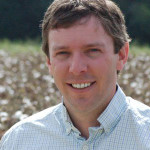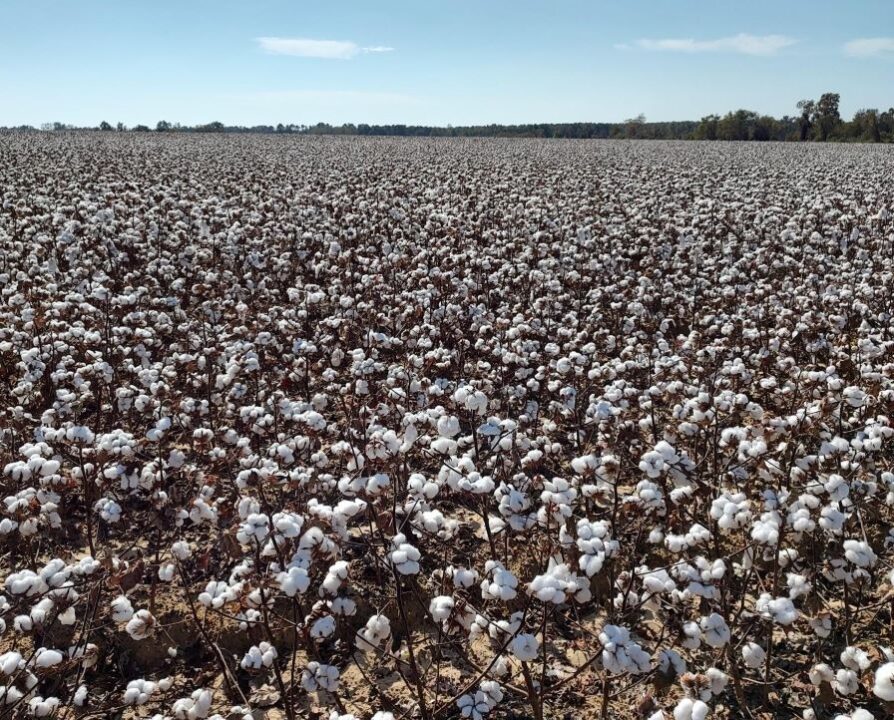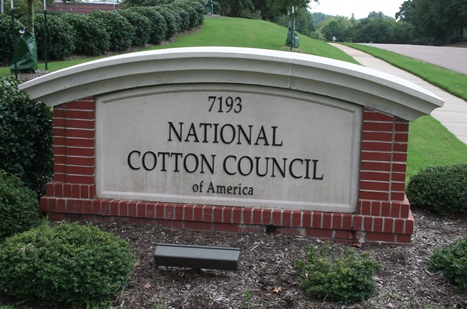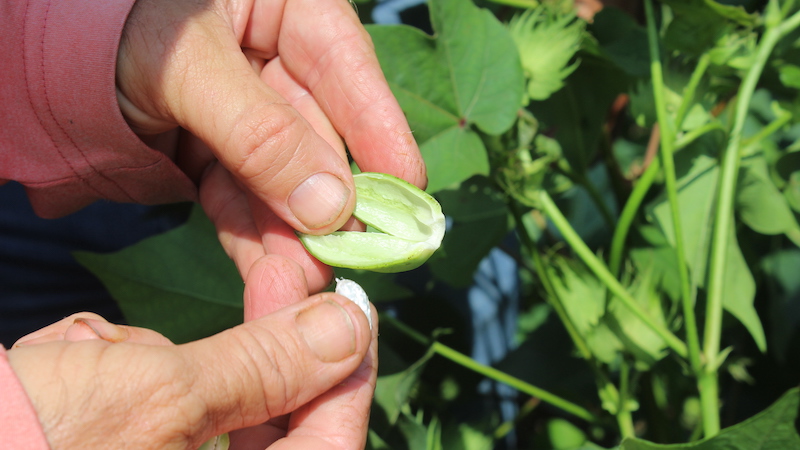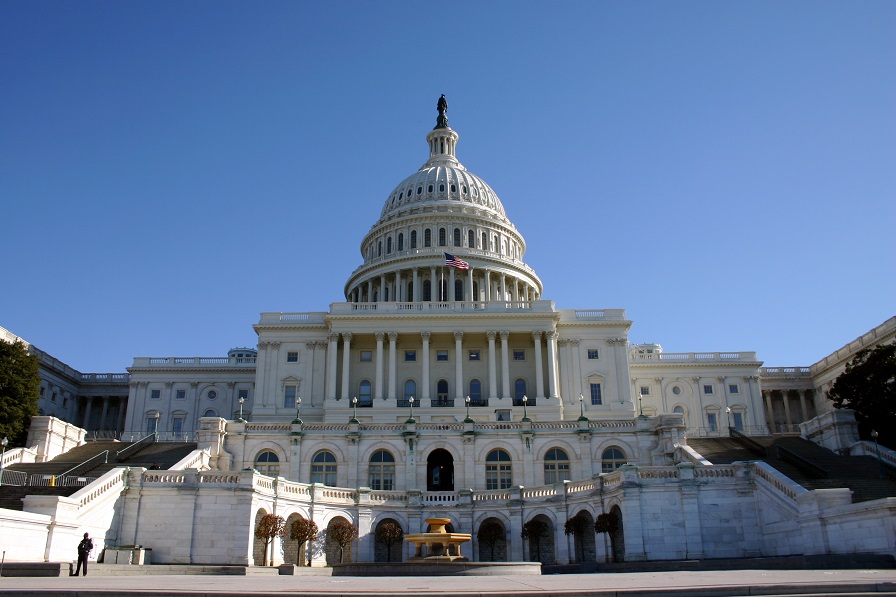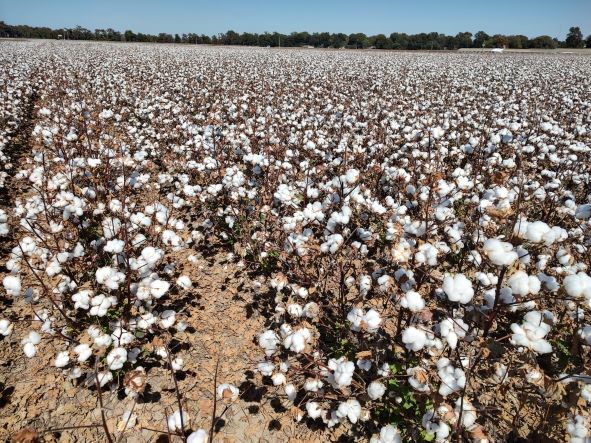Friend or Foe? Conference to Address Fiber Competition
This year’s International Bremen Cotton Conference – the 31st in the association’s storied history – will focus on a question that will go a long way toward determining the future for the cotton industry. Scheduled for March 21-24 in the Bremen Town Hall, the event’s theme is “Competition or Compatibility” and will focus heavily on the rivalry between competing fibers and their struggle for global market share.
The 500 attendees will be exposed to a full and varied program geared toward both the cotton trader and cotton consumer, as well as scientists, and will address current questions regarding cotton production, trade and consumption. For more information, visit www.baumwollboerse.de.
Cotton International conducted an interview with Bremen Cotton Association’s Elke Hortmeyer, head of communications, to learn more about what this year’s conference holds for attendees:
1. Can you provide a high-level overview of what the Bremen Conference will focus on this year?
The relationship between cotton and man-made fibers will be analyzed from different perspectives in various presentations. Is the relationship between cotton, the most important natural fiber, and man-made fibers a battle for market share, or is it the joint development of textiles according to the changing requirements of textile processors and consumer markets?
This year’s focus will be a very special one: An increasingly important aspect of fiber and textile production, as well as the corresponding textile use phase, is the environmental impact. One way to assess the environmental behavior of a textile product is to make an environmental life cycle assessment. The decisive finding here is that based on the example of a typical cotton textile, fiber production accounts for approximately 10% of the ecological impact, textile processing makes up around 20%, and the use phase accounts for at least 70%.
Social aspects also play a part in sustainability. Unlike the production of synthetic fibers, cotton represents the main source of income for many farmers. About 250 million people are involved in cotton production worldwide, especially in developing countries. During the Bremen Conference, the panel discussion “Responsible Fiber Production” will examine the social, economic and ecological aspects of the production of not only of cotton, but also other fibers used in the textile industry.
2. What are the primary goals of the conference, and how can attendees expect to benefit from attending?
This international event is traditionally organized jointly by the Bremen Cotton Exchange and the Fibre-Institute, Bremen. The Bremen conference is the most significant event worldwide regarding cotton testing, and thus one of the most important international venues for the cotton trade and the manufacturing industry. We expect many participants of science, trade and industry from numerous countries. In addition to a large variety of reports, the congress provides the opportunity to attend meetings of professional boards and expert panels as well as events prearranged by Bremen’s trading firms.
It has already become a tradition that the “Bremer Abend” offers all guests the opportunity to establish and improve contacts beyond the official conference while having a good dinner and a glass of wine in the comfortable ambiance of the “Bremen Ratskeller,” the Town Hall’s cellar. We bring together cotton professionals from around the world and different sectors of the cotton and textile industry. The different supply chain members take this occasion to meet personally.
The presentations in Bremen are unique: The focus is usually cotton quality, from cotton production to textiles. The presentations are evidence-based and of high level. However, we also include many inputs that are of general interest. Therefore, the Bremen program offers the ideal mixture for the different levels of the supply chain and the heterogenic audience we can welcome every other year.
3. How is this year’s conference different from those in past years, with the agreement with ICA now in place?
ICA Bremen will give a presentation concerning ICA certification and will also be present with a booth at the Town Hall. On Saturday, there will be an “open day” at the ICA Bremen lab, which is located in the Bremen Cotton Exchange building. It will be a great opportunity to meet the ICA Bremen team and ask questions.
4. The theme of the 2012 Cotton International Annual edition was “Bold Leadership for Volatile Times,” and why stakeholders need to be more aware of the needs and challenges of their upstream and downstream business partners so everyone can benefit. Will that theme be evident in the meeting’s sessions and presentations?
The Bremen conference traditionally connects the different sectors of production, trade and consumption. Especially here on occasion of this conference, the current challenges for every stage of the supply chain can be found in presentations and discussions. Over the past few years, we have provided more than very high-level presentations on particular research fields and incorporated a more holistic view of the textile chain.


